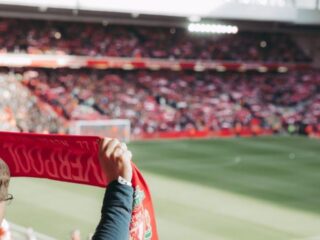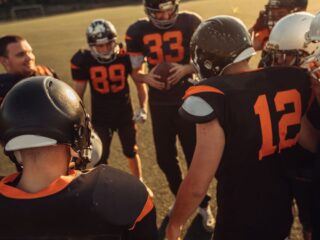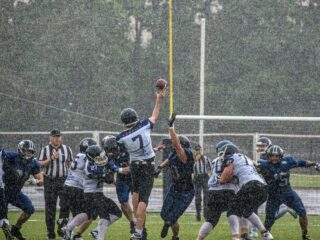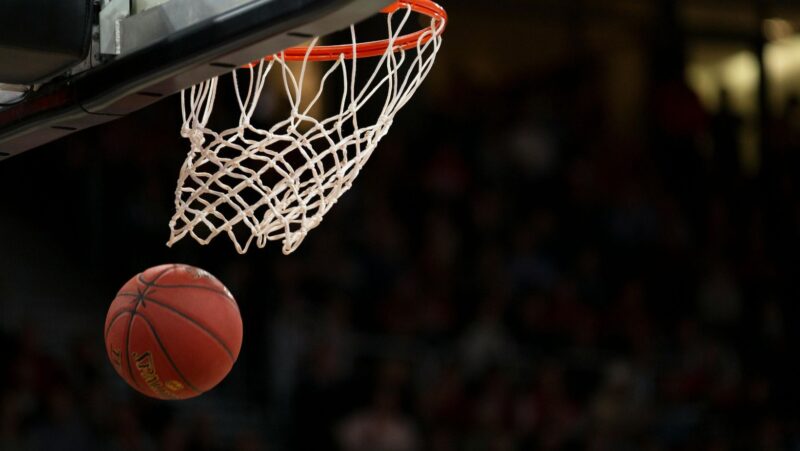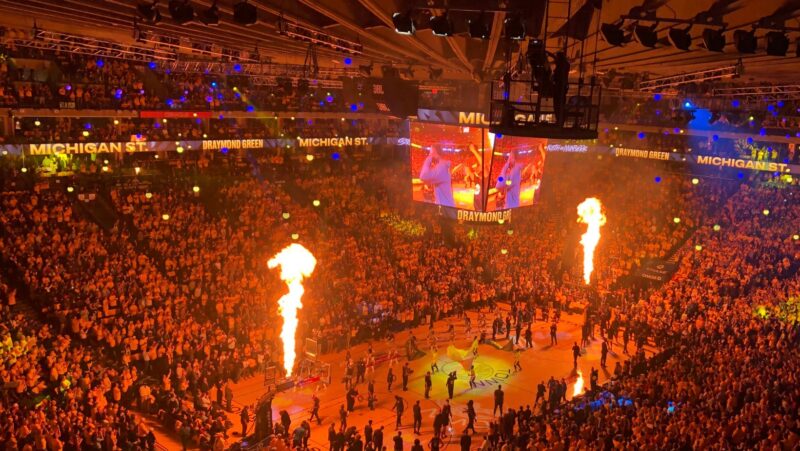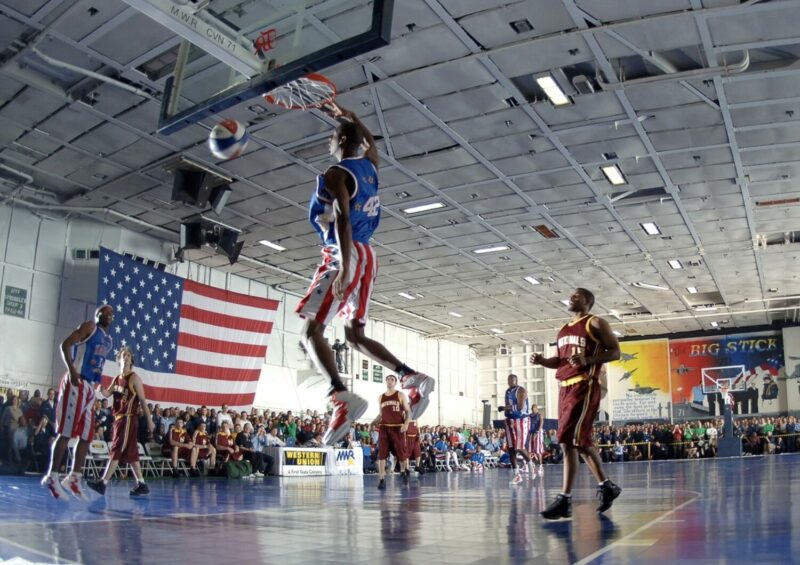
The Seattle SuperSonics were one of the most storied franchises in NBA history, beginning their journey in the 1960s and evolving into one of the best teams in the 1990s. The Sonics left a lasting mark in the city’s history and its basketball fans. From their founding in 1967 until their departure in 2008, the SuperSonics were an essential part of the city’s cultural landscape. They left behind some legendary matches and memorable players until they moved on to Oklahoma City. OKC Thunders today is one of the best teams in the NBA, leading the Western Conference so far and drawing the attention of sports enthusiasts who are hot on online sports betting. The Grizzlies and Nuggets are sharing second place at the moment with the LA Lakers in fourth place. To see the whole list, check out Stake.com, both for the Eastern and the Western conferences.
The Early Years: The Founding and the 1960s
In 1967 the NBA was still in its early days trying to expand further to the west. Seattle was one of the chosen cities to have their own basketball teams. Up until then, Seattle was best known as the main hub for Boeing, so naming the NBA team SuperSonics was presented as the natural choice. And just like that, Sonics became the 12th team of the biggest basketball league in the world. The team’s first owner, Sam Schulman, an entrepreneur and businessman was one of the key people who built the team from the ground up.
The Sonics’ first general manager Whit Hobbs and coach Al Bianchi led the team into their first season where they had modest success.
The early years of the team were marked by instability, as they struggled to find their footing in the league. Rough beginnings were alleviated when the team picked Lenny Wilkens in 1968. Wilkens would go on to have a Hall-of-Fame career with the Sonics and would become the head coach in the future. Things got better, and the team was more consistent but continued to struggle for years to come.
Rise to Prominence: The 1970s
In the early 1970s Sonics began to show signs of becoming one of the best teams in the league. In 1972, the team drafted talented forward Bob Rule, and in 1974, they hired coach Bill Russell, one of the most successful and celebrated coaches in NBA history. Still, Sonics continued to struggle and were not competitive to the other teams.
In 1977, Sonics did something that was not usual in basketball – Lenny Wilkens became a player and coach at the same time. However, it proved to be a good move since in 1979 Sonics reached the peak by winning the NBA Championship. It was a crucial win that gave the players much-needed self-esteem and represents one of the most glorious moments in Seattle’s history. The whole community was celebrating when they defeated the Washington Bullets in five games, 4:1, to capture their first, and only, NBA title. This win put the Sonics as one of the potentially major teams in the league further cementing their place in the NBA.
Decline and Rebuilding in the 1980s
In the 1980s Sonics began struggling again, just like they were beginning from scratch. For the whole decade the team never reached the finals, and generally was having a hard time with numerous injuries. Players would not stay for a long time in the team since it looked like the Sonics lived through their glory days.
Another blow came in 1985 when Lenny Wilkins left the team as a player and the coach leaving them in shambles, scraping together what was left of NBA champions. Wilkens’ departure marked the end of an era. The coaching staff had a big turnaround, with coaches and assistants scrambling to try and make the Sonics shine again. NBA betting did not give the Sonics a lot of chances to do anything worth mentioning in the season, but the luck was about to change for the team.
One of the bright spots was Gary Payton, a talented point guard who would go on to become one of the greatest players. Due to his remarkable defensive capabilities, Payton was immediately nicknamed “The Glove”. He came to the team in 1990 and stayed for the next twenty three years, reviving the game and elevating the team.
The Return to Prominence in the 1990s
Gary Payton and Shawn Kemp, another player who entered the Hall of Fame, worked together to bring back the Sonics to their old game. Payton was drafted by the Sonics in 1990 and became the team’s most famous player throughout the 1990s. He played in the position of defense and playmaker, but his superb organizational skills are what made the biggest impact on the team. On the other hand, Kemp was a fierce forward and a superb athlete who left his mark on Seattle’s team history. These two players made a powerful duo that led the Sonics to the NBA finals in 1996. Although the Sonics lost the Finals 4-2 to the Chicago Bulls, the team proved that it was one of the most talented and competitive teams in the league. Led by coach George Karl the team played one of the best seasons in NBA history with a record of 64-18.
Trivia Q&A: Facts from the 1990s
Who was the Seattle SuperSonics’ head coach during the 1996 NBA Finals?
Answer: George Karl.
Which player was known as “The Glove” for his defensive prowess?
Answer: Gary Payton.
What year did the Sonics reach the NBA Finals in the 1990s?
Answer: 1996.
Which player became the centerpiece of the 1996 SuperSonics offense and defense alongside Gary Payton?
Answer: Shawn Kemp.
The 2000s: The Decline of the Sonics
After the great decade, the Sonics’ fame and fortune began to fade. The team was plagued with unsuccessful games and constant changes on the bench. significant changes in ownership didn’t help either, and the team found itself being on the brink once again. It was like the 1980s all over again. In the mid 2000s things went from bad to worse. The team was struggling with financial difficulties and management instability. They also had problems at home with KeyArena.
Gary Payton, the team’s iconic leader, was traded to the Milwaukee Bucks in 2003 which sealed the fate of the Sonics. Despite having some talented players such as Ray Allen, Rashard Lewis, and Vladimir Radmanović, the team continued to decline in quality and consistency. The major change was on the horizon, the one that won’t be welcomed by the citizens of Seattle.
In 2006, Clay Bennett purchased the team to relocate the Sonics to a new city. However, this detail was kept from the public in the beginning. Supposedly, they were determined to do everything in their power to keep the team in their home state. In the end, they revealed the true agenda behind the purchase deal, and that included relocating the Sonics to Oklahoma.
Seattle’s mayor tried to keep the team based in the city, promising to build a new arena, but Bennett was firm in his decision to move the team to Oklahoma City. The negotiations eventually fell through, followed by the protest of the Sonic fans. The community felt betrayed by the new management and some still remain bitter to this day about the transfer. Seattle SuperSonics went to history as the NBA Board of Governors voted to approve their relocation igniting the debate about the role of community’s support in the professional basketball league.
The SuperSonics were officially moved to Oklahoma City in 2008, where they were rebranded as the Oklahoma City Thunder which left Seattle fans devastated.
SuperSonics Trivia and Fun Facts
- Championship Year: The Seattle SuperSonics won their only NBA championship in 1979, defeating the Washington Bullets in five games.
- Shawn Kemp’s Dunking Ability: Shawn Kemp, one of the franchise’s most memorable players, was known for his powerful and acrobatic dunks. He earned six NBA All-Star selections during his career.
- Best Record: The SuperSonics finished the 1995-1996 season with a franchise-record 64 wins, making it one of the best seasons in NBA history.
- SuperSonics’ Colors: The team’s original colors were green and gold, reflecting the Pacific Northwest’s lush forests and the region’s history of gold mining.
- The “Sonics” Name: The name “SuperSonics” was inspired by Seattle’s aerospace industry, particularly Boeing, and the team’s connection to the supersonic airplane Concorde.
The Oklahoma City Thunder
Since relocating to Oklahoma City, the Thunder have become a highly successful team. General manager Sam Presti and the star players like Kevin Durant, Russell Westbrook, and James Harden led the team to the NBA finals in 2012. The team continued to thrive, and today the Thunders are on the top spot in the Western Conference. In hindsight, it seems like a good move to relocate the team and start from scratch. However, the heartbroken fans in Seattle are still holding out hope that they will have the NBA team back home.
As for the Thunders, they finished the 2023–2024 season with a 57–25 record and continued to search and develop new talents. The team is financially stable which allows them to constantly acquire young players and mash them together with the more experienced ones. This way, the OKC team achieved the perfect balance of knowledge and athleticism. As the regular season nears its end, all eyes will be on Oklahoma City to see if they can maintain their dominant form and secure an NBA championship.
The Legacy of the SuperSonics
Despite the relocation, the legacy of the Seattle SuperSonics endures in many ways. In their wake in Seattle they left a lot of laughs and tears by their fans, but also the NBA title, many superstar players who were inducted in the Hall of Fame, and hope to one day go back to their home state.
Washington’s capital was left without the NBA team to cheer for. Players like Gary Payton, and Shawn Kemp are still talked about and remembered as some of the best in the history of the club that dug the team from the gutter and made them the champions. Regardless of the never-ending hope of fans, the chances of Sonics playing again under the old name in their city are slim to none. Especially since Thunders made such a great success over the years. There is no meaningful reason to move the team back to Seattle and, for now, Sonics are staying in the history of the sport.
The controversy surrounding the relocation has shaped how sports contracts and cities negotiate stadium deals and how fan loyalty is treated. This was not only the story about the Seattle fans being betrayed by the new owners, but it also served as a cautionary tale for everyone else across the nation. A few men sharing the ownership of the whole team make the decisions that would impact communities as a whole. It’s more than just a basketball team – their fans were financially and emotionally involved in the team, celebrating and cheering passionately, as well as comforting them when they’re down on luck.
The history of the Seattle SuperSonics is one filled with pride, heartbreak, and lasting memories. They may not exist anymore as a team, but their fanbase is still loyal to the bygone days, keeping them alive in their hearts. From their beginnings as an expansion team in 1967 to their rise as one of the NBA’s top teams in the 1970s, to their championship glory in 1979 and the ups and downs of the 1990s, the SuperSonics became an essential part of Seattle’s sports culture.
In the end, the Oklahoma City Thunders proved to be a worthy replacement team. Although fans are still searching and hoping to get another NBA team, for now, there are no such plans in the works. However, the hope for the return of the SuperSonics endures, and the dream of seeing another NBA team call Seattle home remains alive.



